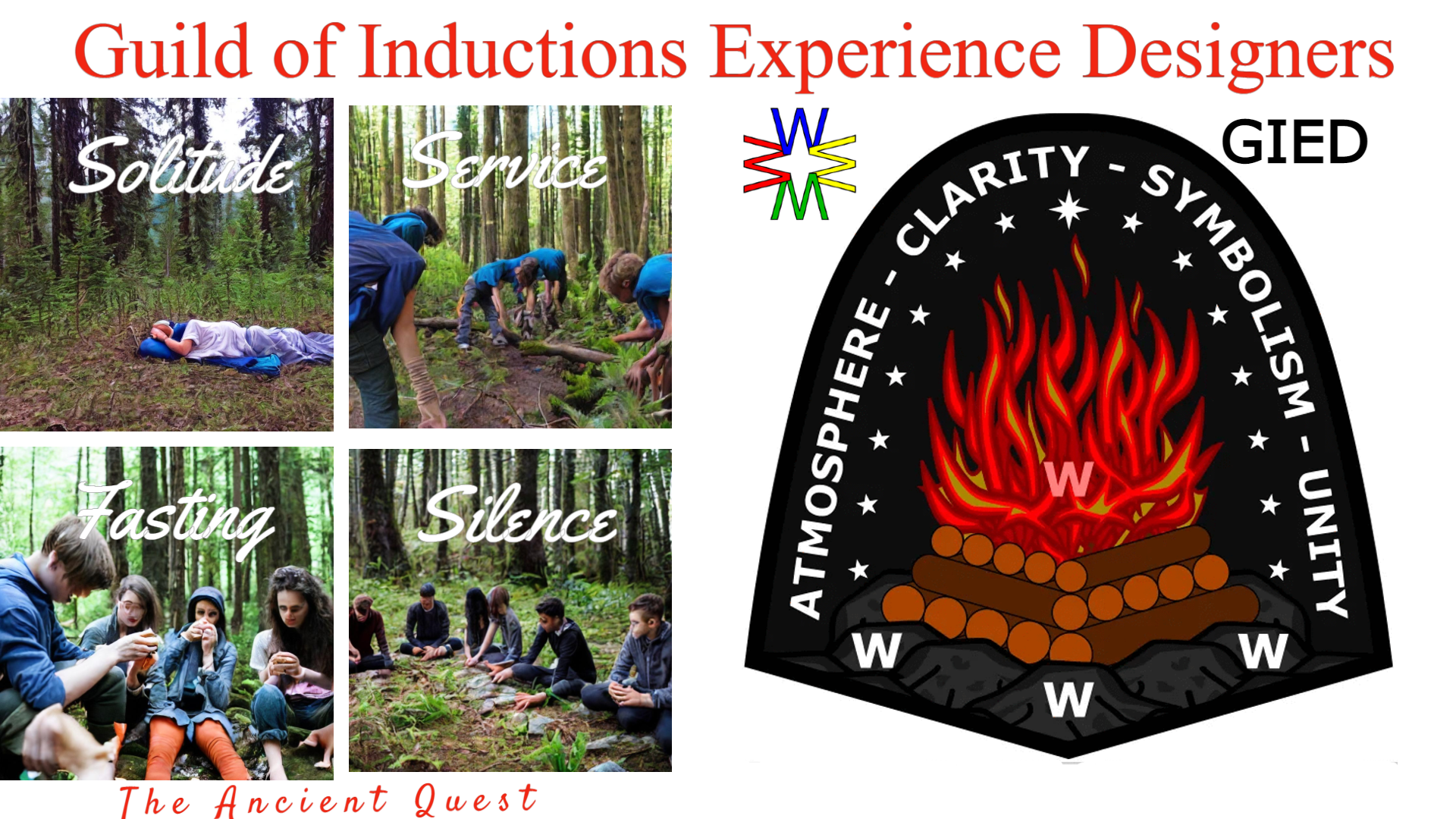Why Indian lore? Why historically did we adopt Indian lore into the program of the Order of the Arrow in the first place? What values and strengths did it bring to the OA? Are these values still relevant to the modern Order? To the modern world? Is Indian lore essential to the Order? Useful? Are there other ways to achieve the same values imparted by Indian lore?
We have become much more sensitive to and rigorous in our use of Indian lore in the Order. But are there still inappropriate ways that Indian lore is being actively used in the Order? If so, should we make changes to fix them, or retain them because they are traditional? Or remove all Indian lore as “the easy way out”? Would that actually be easy? Would it even be possible and the Order survive? What would we be losing?
Some outsiders are claiming that our use of Indian lore is entirely misappropriation. That any Indian lore is inappropriate for a group that is predominately non-Native American. What should be our response to this charge? Would eliminating Indian lore from the OA be positive or negative for Native American tribes that they claim to be defending? That answer is easy. It would be negative. Interest in their lore by outsiders is to their advantage. Most OA lodges have relationships with local Native Americans which steers them away from objectionable practices. If The Gathering of Nations, or an equivalent actual representation of Native Americans as a whole, was to ask us to completely remove their lore from our program, we should do so. But individuals acting on their own should not be allowed to ruin things for us and the Tribes.
So, why historically did we adopt Indian lore? Just prior to the start of the 1915 summer camp season, Edson attended a talk given by Earnest Thompson Seton. Seton promoted the idea that Indian lore and culture was the perfect way to encourage youth to develop in character. For more information on the creation of the Order and our Legend, click here.
What values and strengths did Indian lore bring to the OA? Are these values still relevant to the modern Order? To the modern world? Is Indian lore essential to the Order? Useful? Are there other ways to achieve the same values imparted by Indian lore?
The primary value that Indian lore brought to the Order was a sense of the elemental.
- “Elemental” is consistent with Scouting throughout the world. In America, Native American lore and western pioneer lore, not just B-P’s military scouting, was a source of early outdoor skills.
- “Elemental” is supportive of The Monomyth and Hero’s Journey concepts. Our ceremonies use words and methods that have been used for ages and are still used by similar organizations.
- This is particularly true of our “tests” that exist for Ordeal, Brotherhood, and Vigil. All four tests of the Ordeal use elemental methods. The night alone (wilderness for introspection), scant food (fasting for spiritual reasons), silence (used in essentially all spiritual and religious disciplines and rituals), arduous labor (service as a spiritual undertaking) — none of these things were invented by the OA! The same is true of the Brotherhood and Vigil. All use elemental ancient structures that go back to before writing and thus before history and thus from the unknowable past of early human experience.
This is the reason why Indian Lore adds to the program of the Order. It shrouds our induction work in a sense of the elemental and universal.
An Indian motif outside of the Induction (Indian regalia, dance, drum, and instruction in history) also helps retain that sense of the universal character of the work of the Order.
An alternative approach would be to base the Order of the Arrow on archery. This is consistent with our change in 1998 to an arrowhead as our symbol, rather than an American Indian in headdress.


No Comments